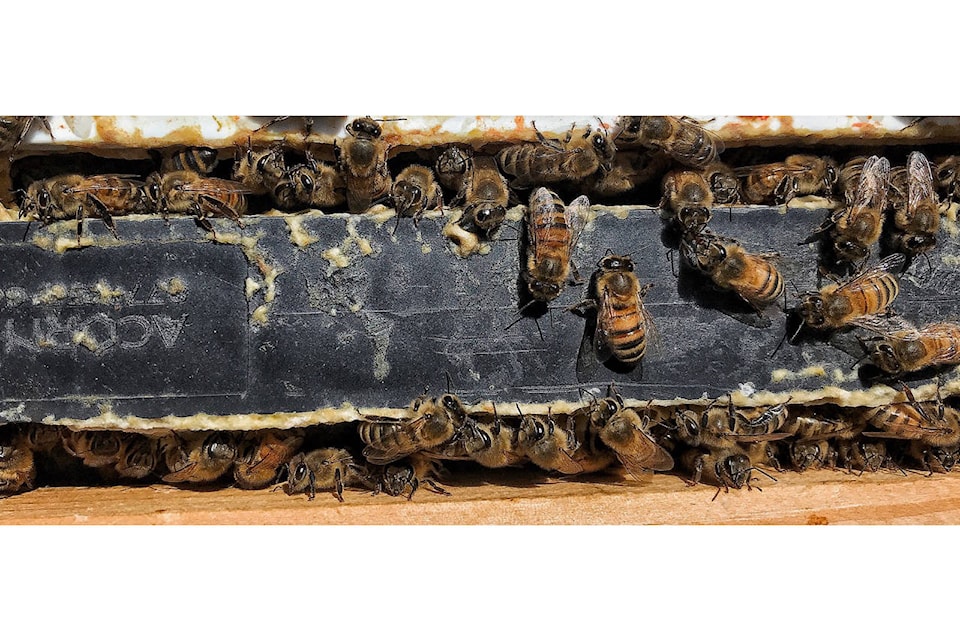Rachel Halliwell
Special to The Record
It has come to the forefront of mainstream media that honeybee populations are declining, but why are bees struggling and how can we do our part to help them?
Honeybee populations have been struggling over the past few years due to a multitude of coinciding reasons.
The synergetic effects of habitat loss, pesticides, lack of nutrition and disease outbreak are some of the reasons our honeybee populations are struggling. It is hard to say whether native bee populations are declining as well, but by understanding the damaging effects of these pressures on honeybee populations, I’m certain there are spill-over effects on native bee populations.
Tackling the problems as a whole may seem too daunting a task, but we can chip away at the problem. As mentioned in the past, we can all plant flowers to increase bee food variety and increase bee nutrition. As beekeepers, we could do our part in keeping an eye on disease outbreak. Using integrated pest management techniques to prevent diseases is perhaps our best method. This means implementing a multitude of practices to keep pest populations at a low, desirably by preventative measures, but when chemical practices are needed, being environmentally friendly and using pest-specific strategies. These preventative methods should be used in unison and should become habituated in your beekeeping practices. Some techniques include: cleaning your hive tool between hives, using sticky boards to trap mites, buying new equipment or equipment that has been sent through Iotron, and maybe even drone brood frame removal.
At this point of the season, we should be concerned about mite levels. An integrative pest management (IPM) for the Varroa destructor mite would include periodically checking mite levels using sugar shake test, using a sticky board to trap mites, inspecting the brood frames for perforated holes, looking for mites on bees and possibly drone brood frame removals. When mite levels are too high, chemical means could be the answer. I would strongly advise against prophylactic treatment because if your bees aren’t sick, why chemically treat?
Handling disease within your own hive can have a huge effect on preventing the spread to neighboring colonies. And in turn, doing our part in keeping disease outbreak at an all-time low.
A good beekeeper is a knowledgeable beekeeper so try to read up on diseases within the hive!
Rachel Halliwell is a Bee Master Certified beekeeper in the Comox Valley. Her website is www.homegrownbee.ca
